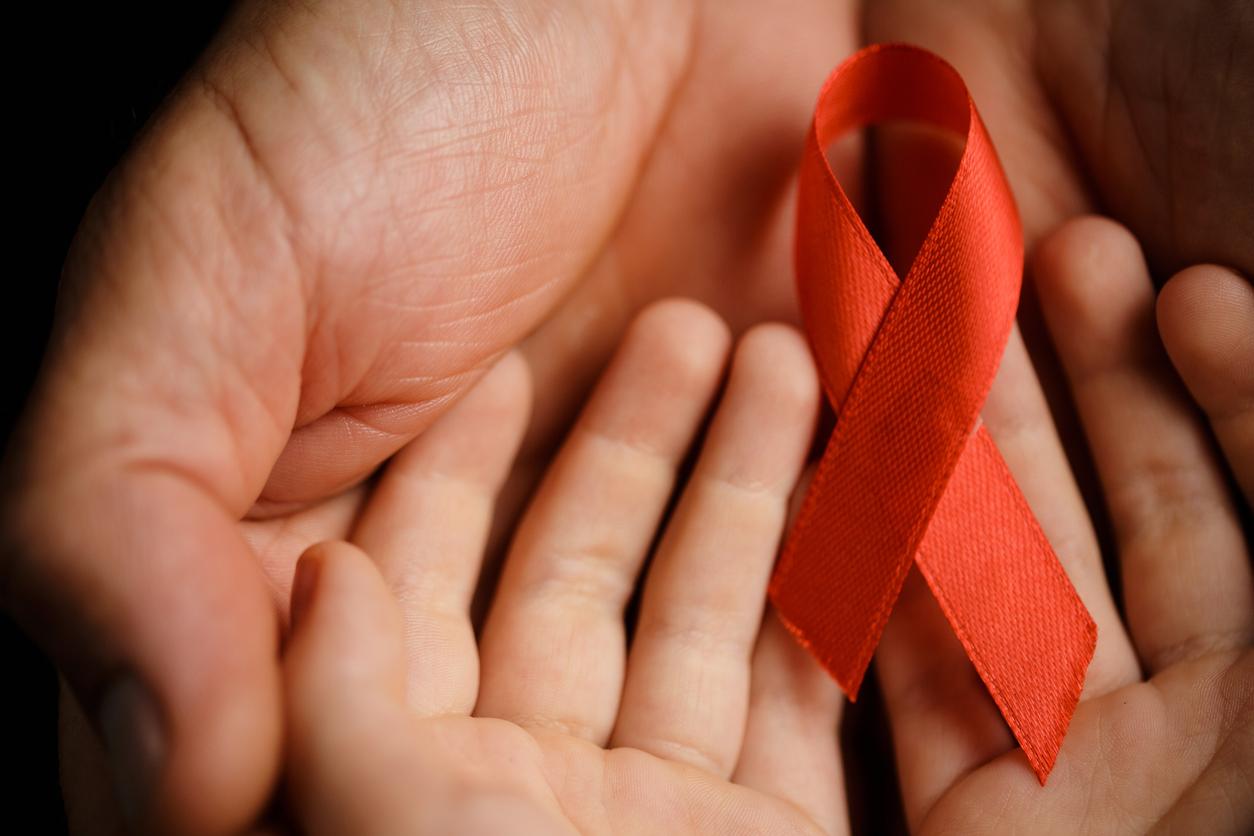XY embryos will not necessarily be baby boys, just as those identified as XX will not necessarily give birth to baby girls.

Researchers from the Murdoch Children’s Research Institute (Melbourne) have made a new discovery about how a baby’s sex is determined. It is not just X and Y chromosomes, but a biological “regulator”. The latter increases or decreases the activity of the genes that decide whether we become male or female.
A chromosome is a microscopic element made up of DNA and protein molecules, the histones and the non-histone proteins. It carries the genes, carriers of genetic information, transmitted from mother cells to daughter cells during cell division.
Enhancers
The study was published in the journal NatureCommunications. Its director Brittany Croft recalls that “the sex of a baby is determined by its chromosomal composition at conception. An embryo with two X chromosomes will become a girl, while an embryo with an XY combination will give rise to a boy”.
However, the Y chromosome carries a gene called “SRY”, which acts on another gene called “SOX9” to initiate the development of the embryo’s testicles. “High levels of the SOX9 gene are necessary for the normal development of the testicles”, specifies Brittany Croft.
The SOX9 gene
If the activity of the SOX9 gene is too low, the testicles will not develop. It is our DNA that contains the regulators of the activity of the SOX9 gene. “These regulatory segments of DNA are called enhancers,” says study co-author Andrew Sinclair. “We discovered three enhancers that together ensure that the SOX9 gene is activated at a high level in an XY embryo, leading to a normal testis and male development.”
Incredibly, the team found that embryos with two X chromosomes combined with high levels of the SOX9 gene gave birth to boys, and vice versa for XY embryos. Associated with low activity of the SOX9 gene, they developed daughters. The chromosomes would also have, according to other studies, an impact on anorexia, Alzheimer’s, cancer and life expectancy.
.














